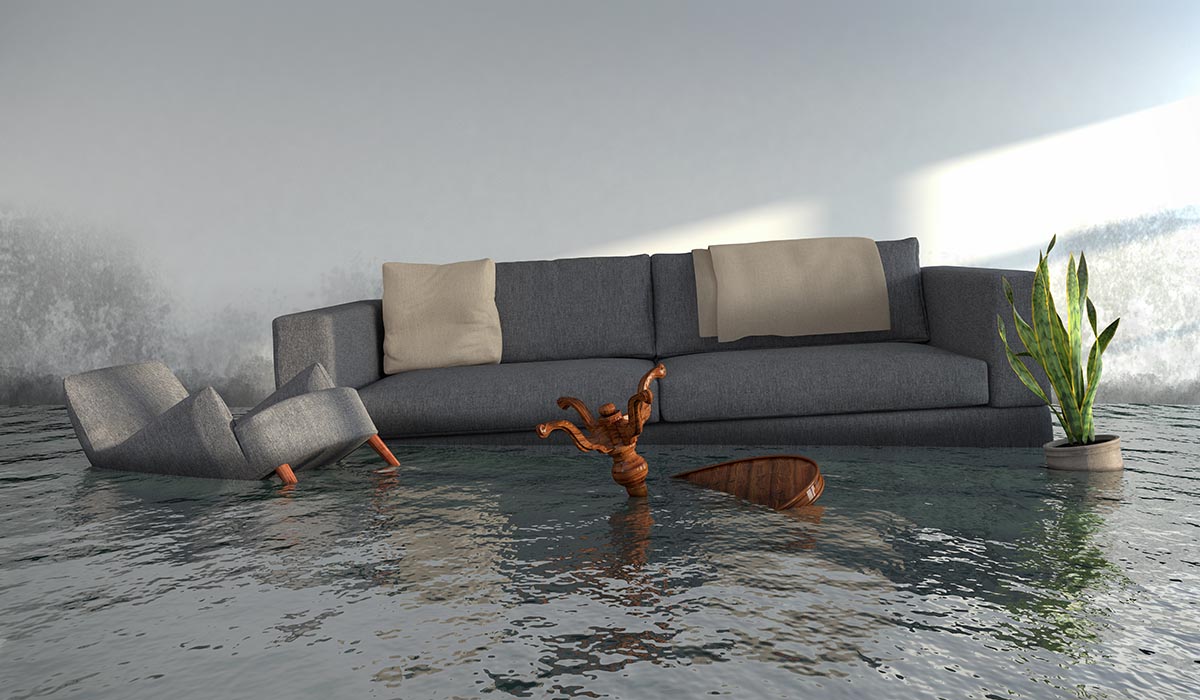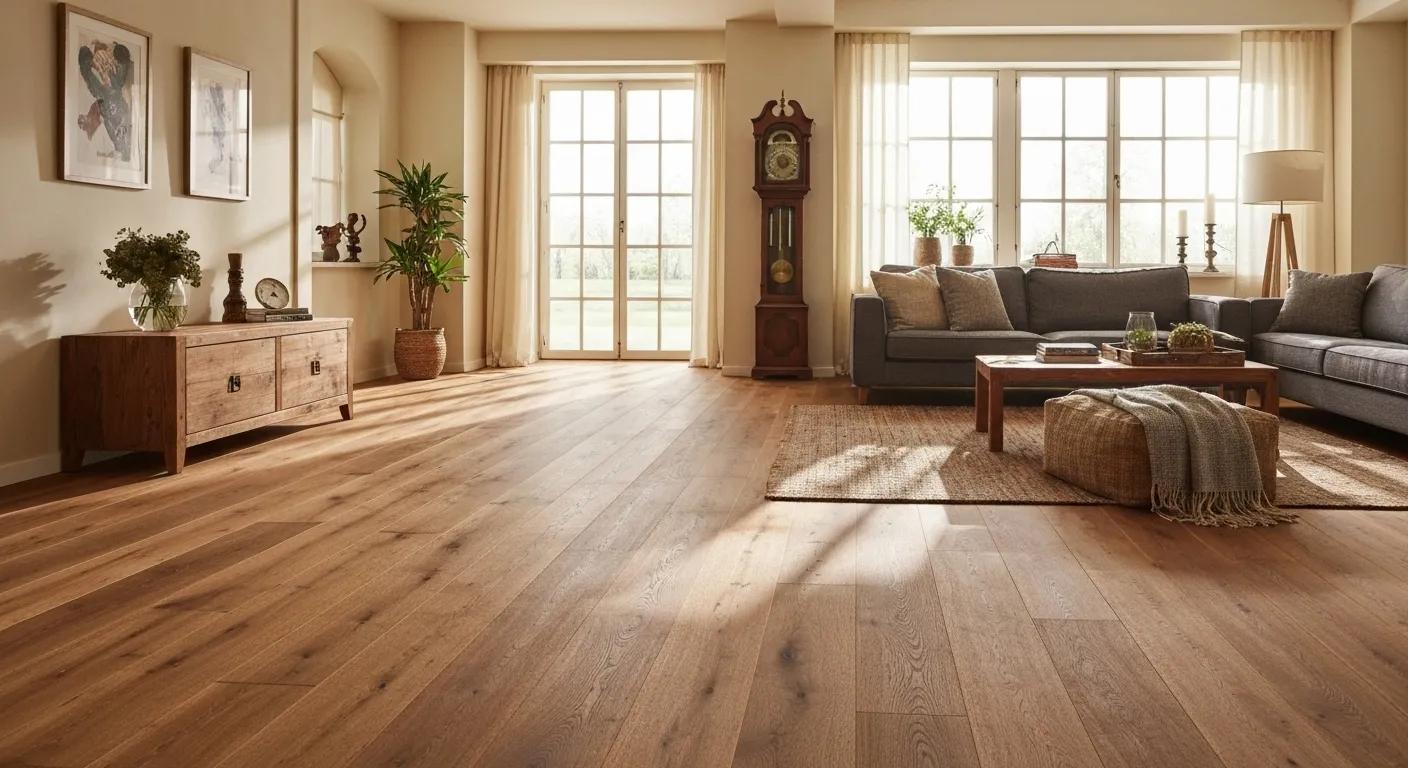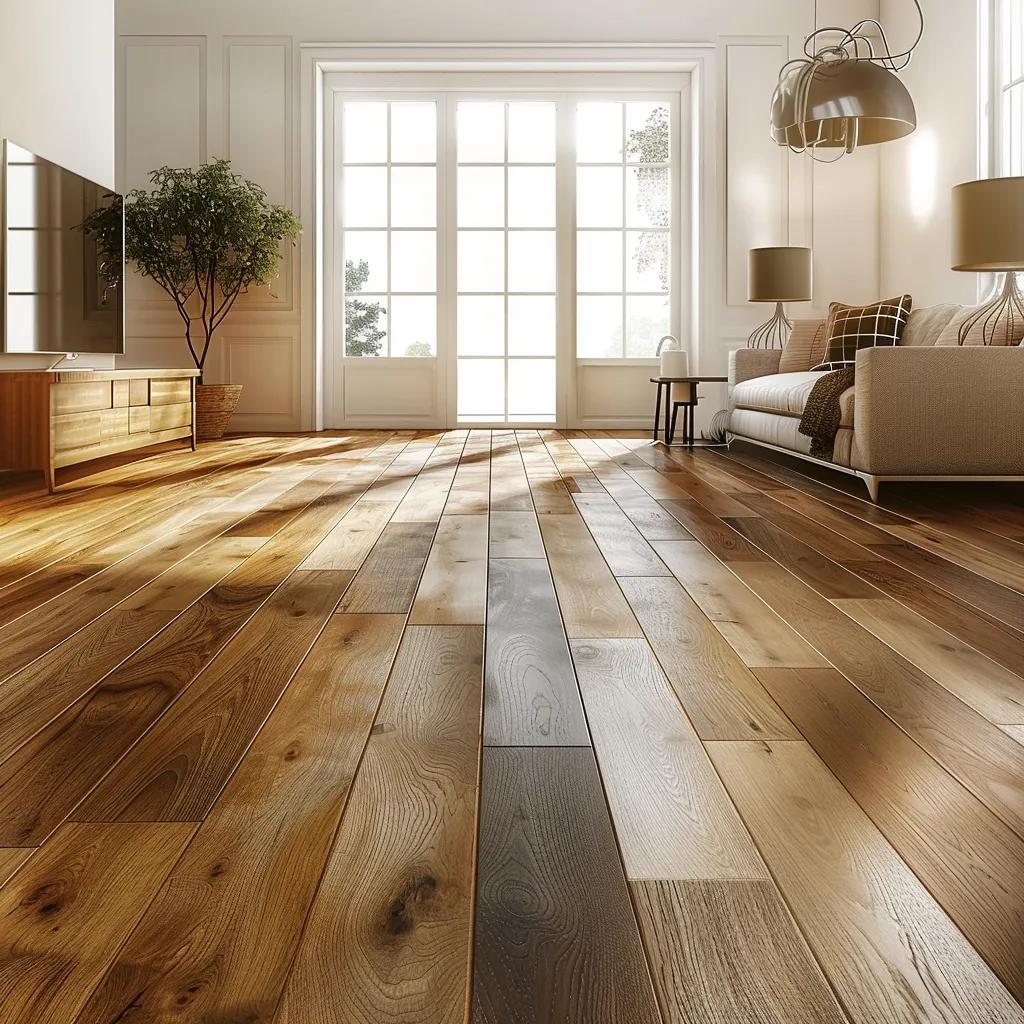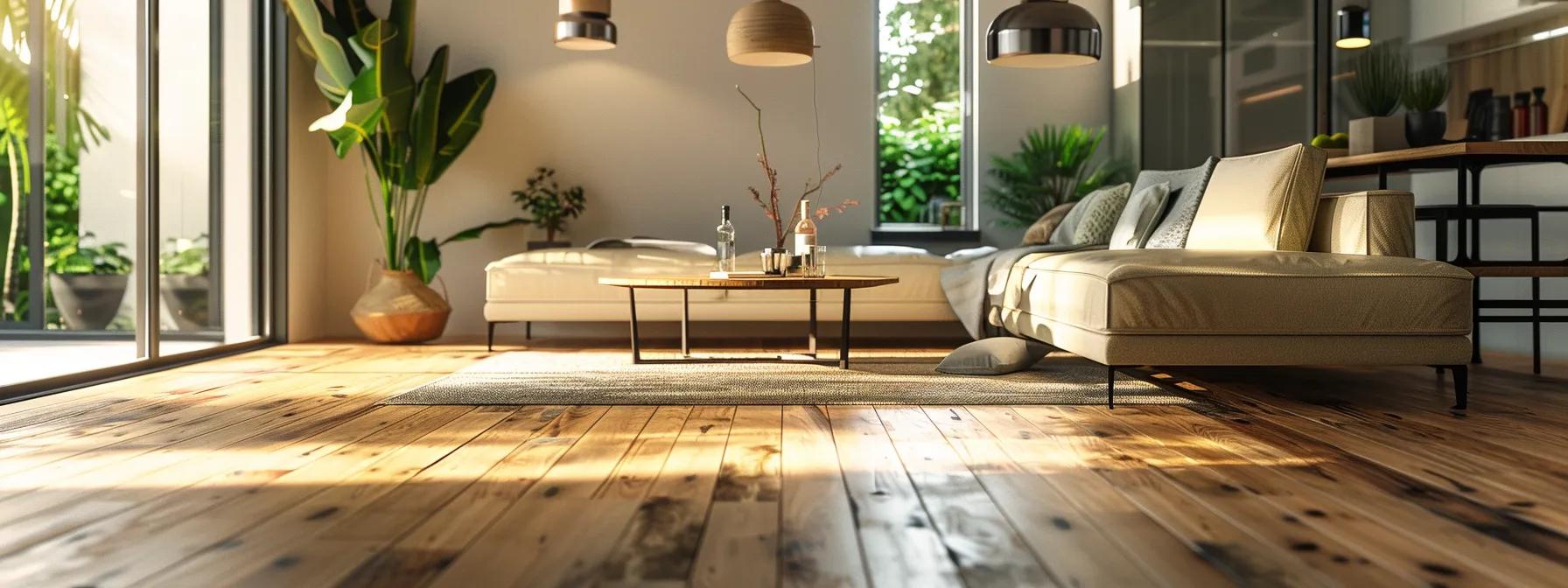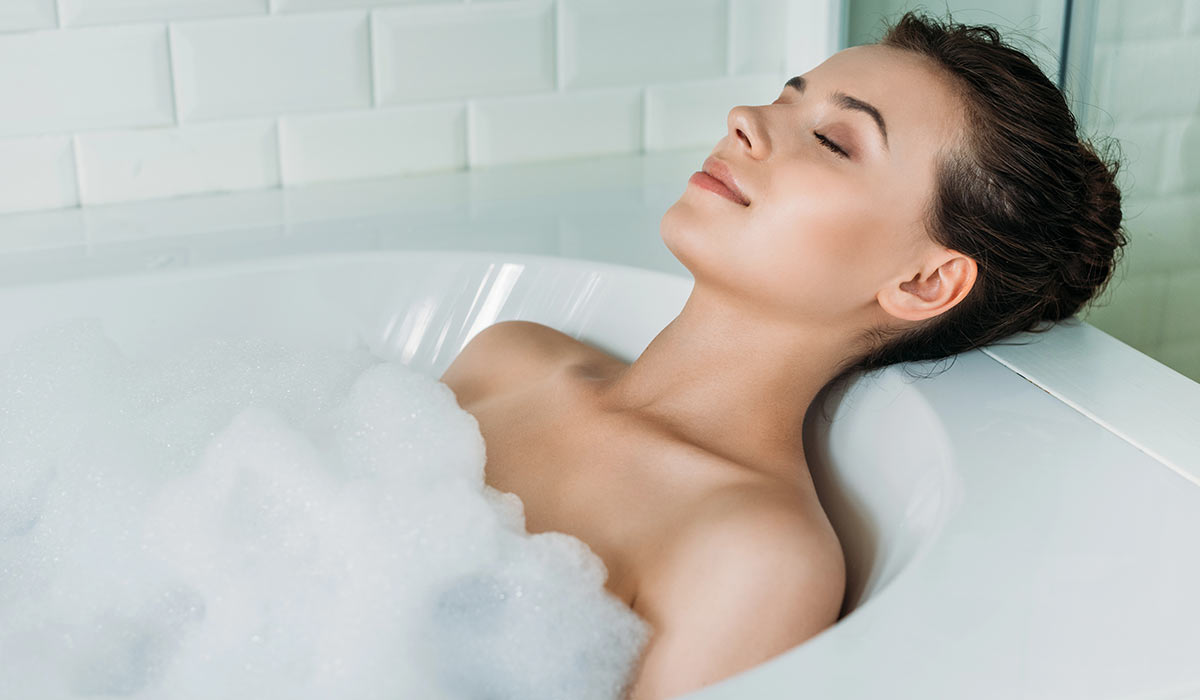Choosing between tile vs hardwood flooring can feel like a big decision. Both bring beauty, value, and long-term durability to your home, but the right choice depends on your lifestyle, budget, and design goals.
This complete guide compares tile installation vs hardwood flooring installation in terms of maintenance, durability, style, and cost — helping you decide which option is the perfect fit for your home.
Maintenance: Tile vs Hardwood Flooring
Hardwood Flooring Maintenance
Hardwood floors are beautiful but require regular care.
Cleaning: Sweep or vacuum several times a week to remove dust. Use a damp mop and hardwood cleaner for deep cleaning.
Protection: Hardwood can scratch, dent, or absorb moisture. Use pads under furniture and rugs in high-traffic areas.
Refinishing: Every 7–10 years, refinishing restores shine and removes scuffs.
Moisture Caution: Avoid excessive water; it can cause swelling or warping.
Summary: Hardwood flooring offers elegance but needs ongoing attention to keep it looking its best.
Tile Flooring Maintenance
Tile flooring is known for being tough and easy to maintain.
Cleaning: Sweep and mop regularly. Wipe spills quickly to avoid grout stains.
Durability: Tiles resist scratches, stains, and water. Cracked tiles can be replaced individually.
Upkeep: Tiles never need refinishing. Seal grout lines occasionally to prevent discoloration.
Summary: Tile floors are low-maintenance, making them ideal for kitchens, bathrooms, and busy households.
Durability and Longevity: Tile vs Hardwood Flooring
Hardwood Flooring Durability
Lifespan: With proper care, hardwood can last for decades — sometimes more than 100 years.
Challenge: Susceptible to moisture damage, so not ideal for bathrooms or laundry rooms.
Tile Flooring Durability
Lifespan: Tiles are also long-lasting, with some materials like porcelain lasting over 50 years.
Strength: Water-resistant and scratch-proof, perfect for high-traffic and moisture-prone areas.
Summary: When comparing tile vs hardwood flooring for durability, tile wins in wet environments, while hardwood shines in living spaces.
Style and Aesthetic Appeal
Hardwood Flooring Style
Warm and Natural: Hardwood brings timeless warmth and elegance.
Variety: Choose from oak, maple, cherry, or hickory. Stains and finishes can match modern or rustic interiors.
Design Versatility: Works beautifully in bedrooms, dining rooms, and family areas.
Tile Flooring Style
Endless Options: Tiles come in ceramic, porcelain, and stone — in every color and pattern imaginable.
Custom Designs: Create geometric layouts, mosaics, or wood-look tiles for added personality.
Adaptability: Perfect for modern, Mediterranean, or traditional styles.
Summary: Hardwood flooring creates warmth and character, while tile flooring provides design flexibility and visual variety.
Cost Comparison: Tile vs Hardwood Flooring
Hardwood Flooring Costs
Initial Price: Higher upfront investment, depending on species and finish.
Installation: Requires professional labor; refinishing adds long-term costs.
Value: Increases home resale value and offers lasting appeal.
Tile Flooring Costs
Initial Price: Typically more affordable than hardwood. Porcelain and ceramic are budget-friendly, while natural stone costs more.
Installation: Labor-intensive, but long lifespan reduces maintenance costs.
Value: Offers durability and a sleek, modern finish at a reasonable price.
Summary: Hardwood costs more initially but adds resale value. Tile offers affordability and longevity with minimal upkeep.
Where Each Flooring Type Works Best
Best Uses for Hardwood Flooring
Hardwood is best suited for:
Living rooms
Bedrooms
Dining rooms
These areas benefit from the warmth and charm of real wood.
Tip: Avoid installing hardwood in moisture-heavy rooms. For those spaces, consider engineered hardwood flooring, which resists humidity and temperature changes better than solid wood.
Best Uses for Tile Flooring
Tile flooring performs exceptionally well in:
Bathrooms
Kitchens
Laundry rooms
Outdoor patios
Tiles handle spills, humidity, and temperature fluctuations without issue.
Comfort Tip: Tiles can feel cool underfoot, so consider adding radiant heating or area rugs for warmth and comfort.
Tile vs Hardwood Flooring: Side-by-Side Comparison
| Feature | Hardwood Flooring | Tile Flooring |
|---|---|---|
| Maintenance | Requires regular cleaning and refinishing | Simple to clean, minimal upkeep |
| Durability | Long-lasting but moisture-sensitive | Extremely durable and water-resistant |
| Style | Warm, natural, and timeless | Customizable with endless design options |
| Cost | Higher upfront, strong resale value | Lower initial cost, long-term savings |
| Best For | Living areas and bedrooms | Kitchens, bathrooms, and outdoor spaces |
Final Thoughts on Tile vs Hardwood Flooring
When choosing between tile vs hardwood flooring, the decision comes down to lifestyle and priorities:
Choose hardwood flooring if you value natural warmth, luxury, and long-term resale value.
Choose tile flooring if you want durability, easy maintenance, and water resistance.
Both options can transform your home — it’s simply a matter of what fits your space and daily routine.
Quick Summary
Hardwood flooring: Elegant, long-lasting, higher maintenance.
Tile flooring: Durable, affordable, low maintenance.
Best mix: Hardwood in living areas, tile in bathrooms and kitchens.
No matter which you choose, proper installation and regular care will ensure your flooring lasts for years and looks stunning every step of the way.
FAQs About Hardwood and Tile Floors
Are hardwood floors harder to maintain than tile?
Can I install hardwood or tile myself?
Which is more pet-friendly, hardwood or tile?
Both hardwood and tile floors offer unique benefits that can enhance the look and functionality of your home. Hardwood exudes warmth and timeless elegance, making it perfect for living spaces. Tile, on the other hand, offers unmatched durability and water resistance, ideal for wet or high-traffic areas.
At BK Flooring Services, we understand the importance of choosing the right flooring for your home. Whether you prefer the classic appeal of hardwood or the practicality of tile, we’re here to guide you every step of the way. Prefer speaking Spanish? We’re fluent and ready to assist! Don’t hesitate to reach out today to learn more about our exceptional flooring services and discover the perfect solution for your space.

